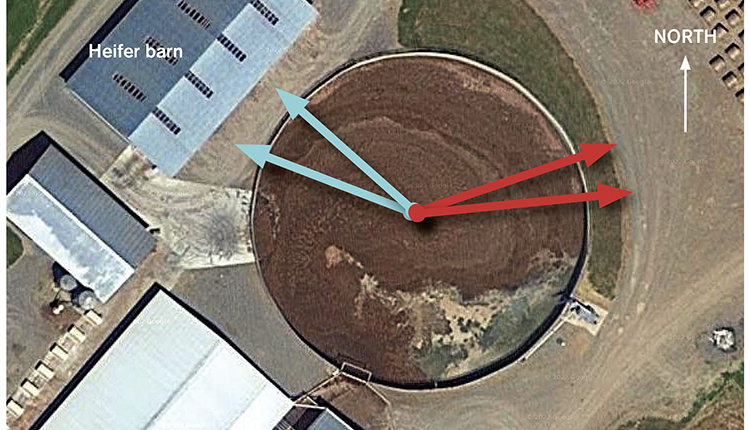
Proper handling of manure nutrients is essential to help maximize its agronomic and economic value. To safeguard against nutrient losses, many states have implemented certification programs for manure handlers, which are aimed at teaching principles that minimize environmental risks associated with nitrogen and phosphorus loss.
A research team recently developed a survey that was distributed to agency and university employees across the United States. The survey gathered information on manure handling certification programs and was completed by professionals in all 50 states.
Breaking it down
Upon review of information obtained from survey responses, state-level certification was characterized for three levels of manure handlers:
1. Producers (farmers) that land apply their own manure.
2. Professional manure applicators and transporters that perform manure handling and application services on a for-hire basis.
3. Manure brokers who assume ownership of the manure exported from a farm and determine the end use of that manure.
Certification for all three levels was categorized as mandatory or voluntary depending on state requirements.
Certification of producers, professional manure haulers, and manure brokers was available in 26 states; however, program parameters varied widely among states. Twenty-one states had certification programs for producers, with 15 of those having mandatory producer certification. Twenty states had professional applicator programs, with 13 of those being mandatory. Ten states had broker certification, and seven of those were mandatory programs. All states with manure broker certification also provided professional applicator certification, with three of them having volunteer producer certification programs as well.
Table 1 provides level and category information for the 26 states where certification programs were found. Row colors in Table 1 correspond to the coloring of states in Figure 1, which maps the 26 states that have certification programs.
Variation all around

While states initiate manure certification programs to assist with water quality goals, Table 1 and Figure 1 demonstrate the wide range of approaches among states. States with certification programs have advanced animal industries, and many of the leading poultry and swine producing states have certification programs.
Certification is generally lacking in Western states. Another group of states without certification appears as an arc from Louisiana to Virginia. No apparent geographic pattern emerges in state-level approach between certification levels and categories of state-level certification programs, as evident by only occasional colors that share a border in the figure.
Inconsistencies in certification requirements highlights that states develop certification program policies, levels, and categories on an individual basis. These programs are most likely in response to regional animal density, nutrient imbalances, and water quality concerns.
While focusing programs on state needs has benefits, states should work together to ensure certification reciprocity and minimize paperwork to encourage manure nutrient movement across borders. Moving manure across state lines can assist in watershed goals by transporting surplus nutrients to areas where manure nutrients can replace fertilizers. Stripping down transfer barriers can encourage concepts of manureshed management and bolster nutrient use efficiencies while still allowing for certification programs that meet each state’s needs.
This article appeared in the August 2025 issue of Journal of Nutrient Management on page 16-17.
Not a subscriber? Click to get the print magazine.




